Interesting royal succession disputes
Royal succession disputes have been fascinating historical events, often filled with drama and intrigue. These disputes arise when the line of inheritance to the throne is contested, leading to political turmoil and sometimes even warfare.
Each dispute is unique, involving complex familial ties and alliances. Understanding these disputes provides insight into the intricate workings of royal families and the lengths individuals will go to assert their claims to power.
The Anarchy: Matilda vs. Stephen
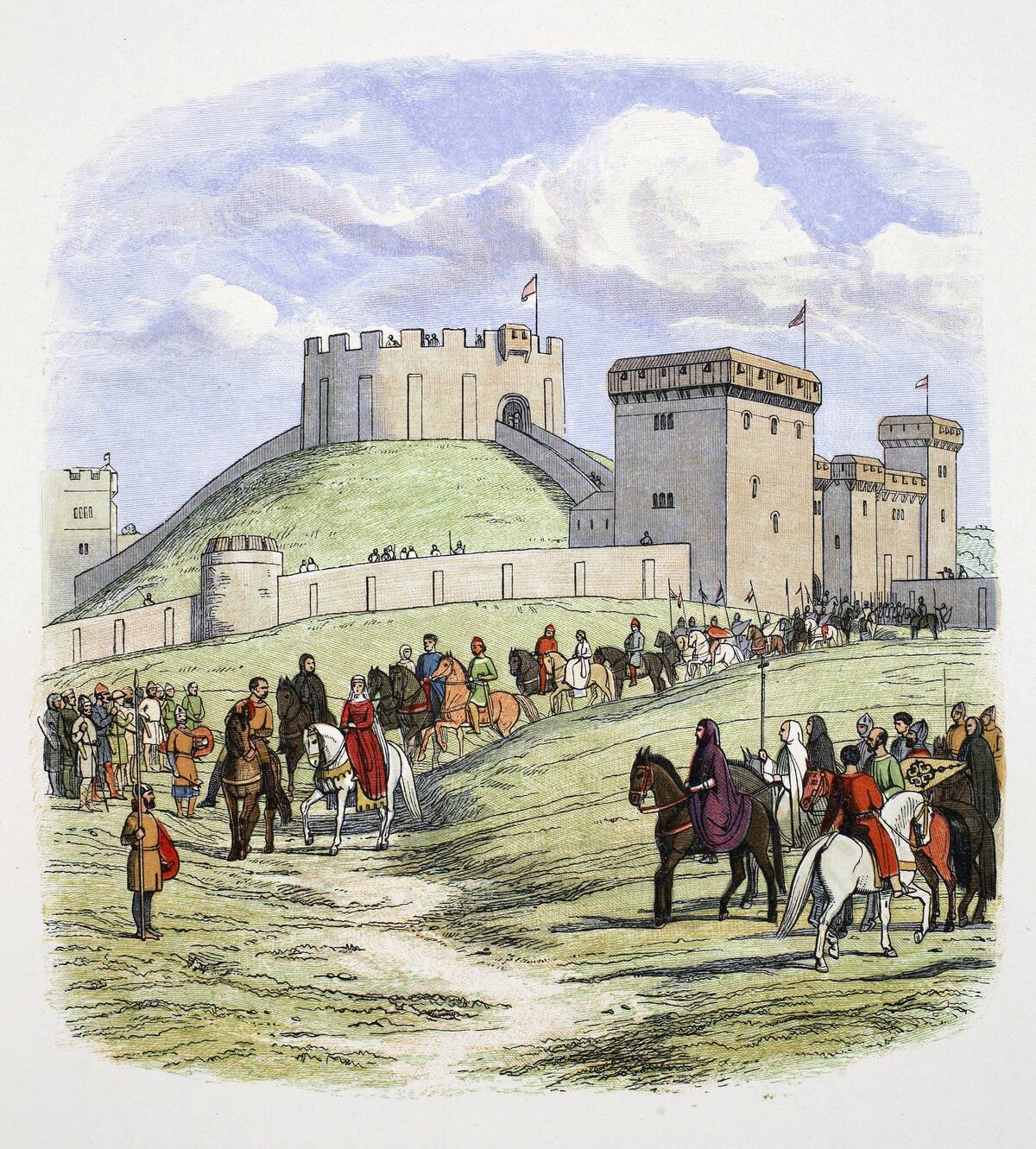
The Anarchy was a significant period of civil war and unrest in England from 1135 to 1153. It began when King Henry I’s daughter, Matilda, was denied the throne in favor of her cousin Stephen of Blois.
This resulted in a prolonged conflict as Matilda fought to assert her rightful claim. The period was marked by lawlessness and chaos, with both sides gaining and losing ground until the eventual compromise that led to Stephen recognizing Matilda’s son, Henry II, as his heir.
The War of the Roses: York vs. Lancaster
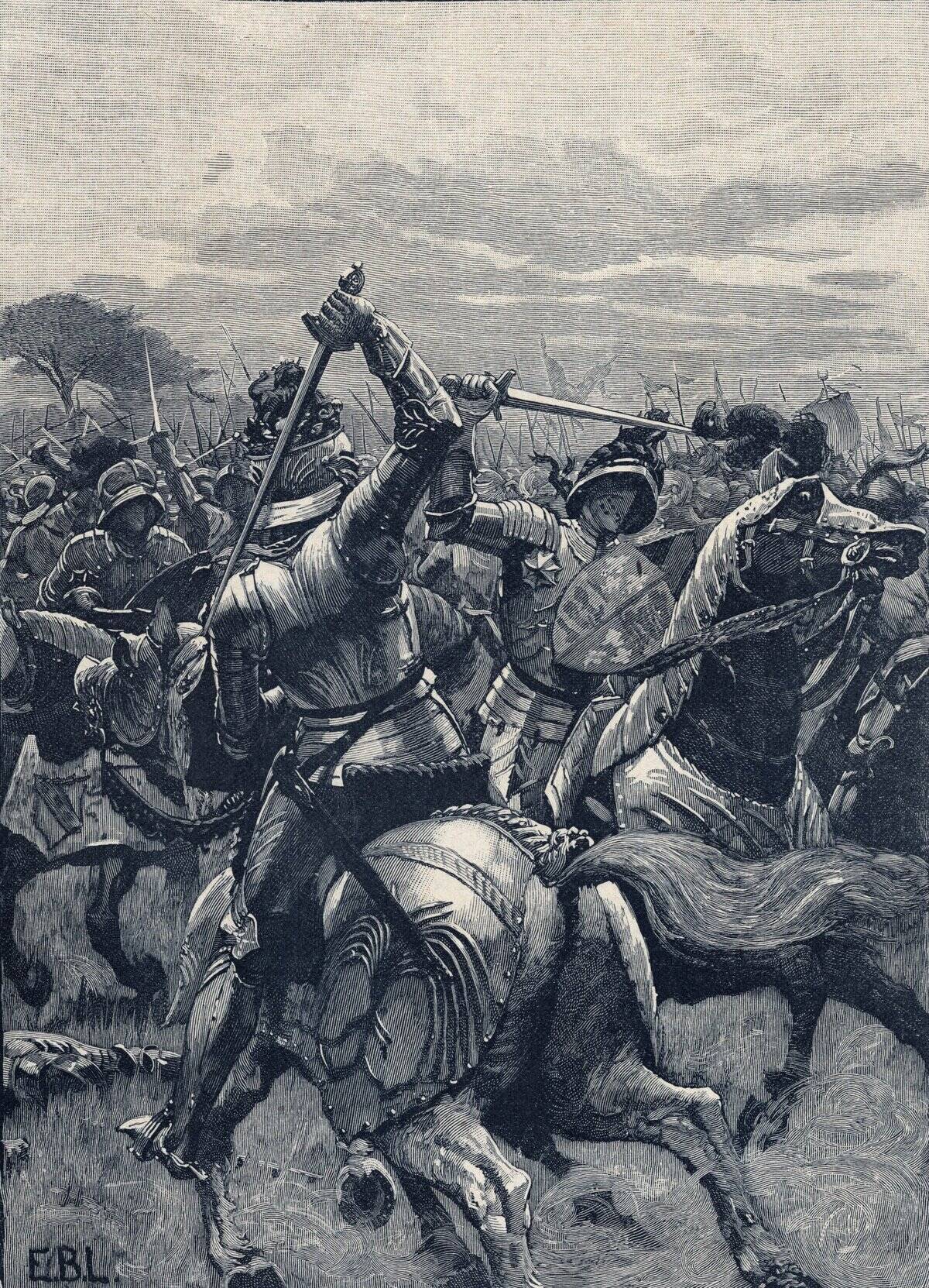
The War of the Roses was a series of dynastic conflicts between the houses of York and Lancaster for control of the English throne. Lasting from 1455 to 1487, the war was named after the symbols of the two houses: the white rose of York and the red rose of Lancaster.
The war culminated in the rise of the Tudor dynasty, with Henry VII, a Lancastrian, defeating Richard III at the Battle of Bosworth Field, effectively ending the conflict and uniting the two factions through marriage.
The Glorious Revolution: James II vs. William and Mary
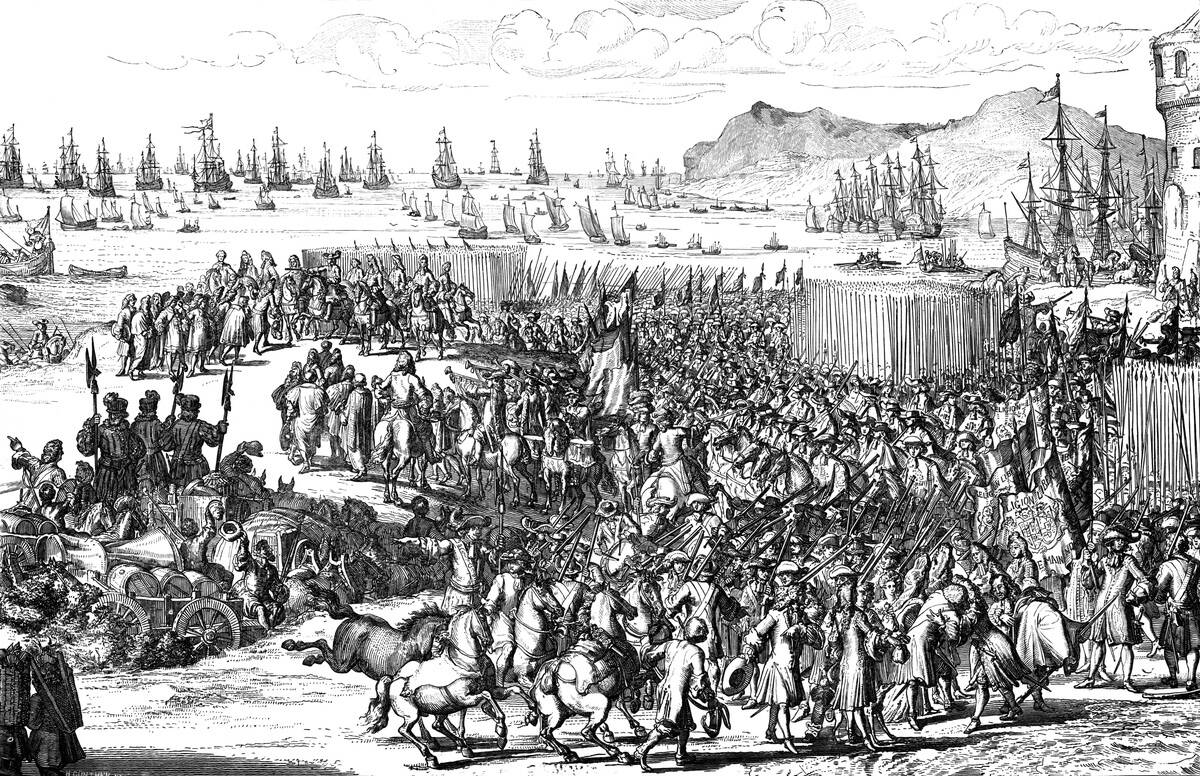
The Glorious Revolution of 1688 was a pivotal moment in British history, leading to the overthrow of King James II. His Catholic faith and perceived absolutism alienated many of his subjects, prompting a group of nobles to invite William of Orange and his wife Mary, James’s Protestant daughter, to take the throne.
The revolution was relatively bloodless (except in Ireland) and resulted in the establishment of a constitutional monarchy, significantly limiting the powers of the king and laying the foundation for modern British democracy.
The Jacobite Risings: Stuart Claims to the Throne

The Jacobite Risings were a series of attempts by the Stuart family to reclaim the British throne after being deposed during the Glorious Revolution. The most notable risings occurred in 1715 and 1745, led by James Francis Edward Stuart and his son, Charles Edward Stuart, respectively.
Despite initial successes, both rebellions ultimately failed, with the Battle of Culloden in 1746 marking the end of the Jacobite cause. The risings left a lasting cultural impact, particularly in Scotland, where they are remembered with a sense of romanticism.
The Succession Crisis of 1290: The Maid of Norway

The Succession Crisis of 1290 in Scotland followed the death of Margaret, Maid of Norway, the last direct heir of the Scottish king, Alexander III. Her unexpected death at a young age left Scotland without a clear successor, leading to a period of uncertainty.
This crisis prompted the intervention of King Edward I of England (pictured), who was asked to arbitrate between multiple claimants. The resulting turmoil and Edward’s overreach set the stage for the Wars of Scottish Independence, highlighting the fragile nature of medieval succession.
The Spanish Succession: A European Tug-of-War
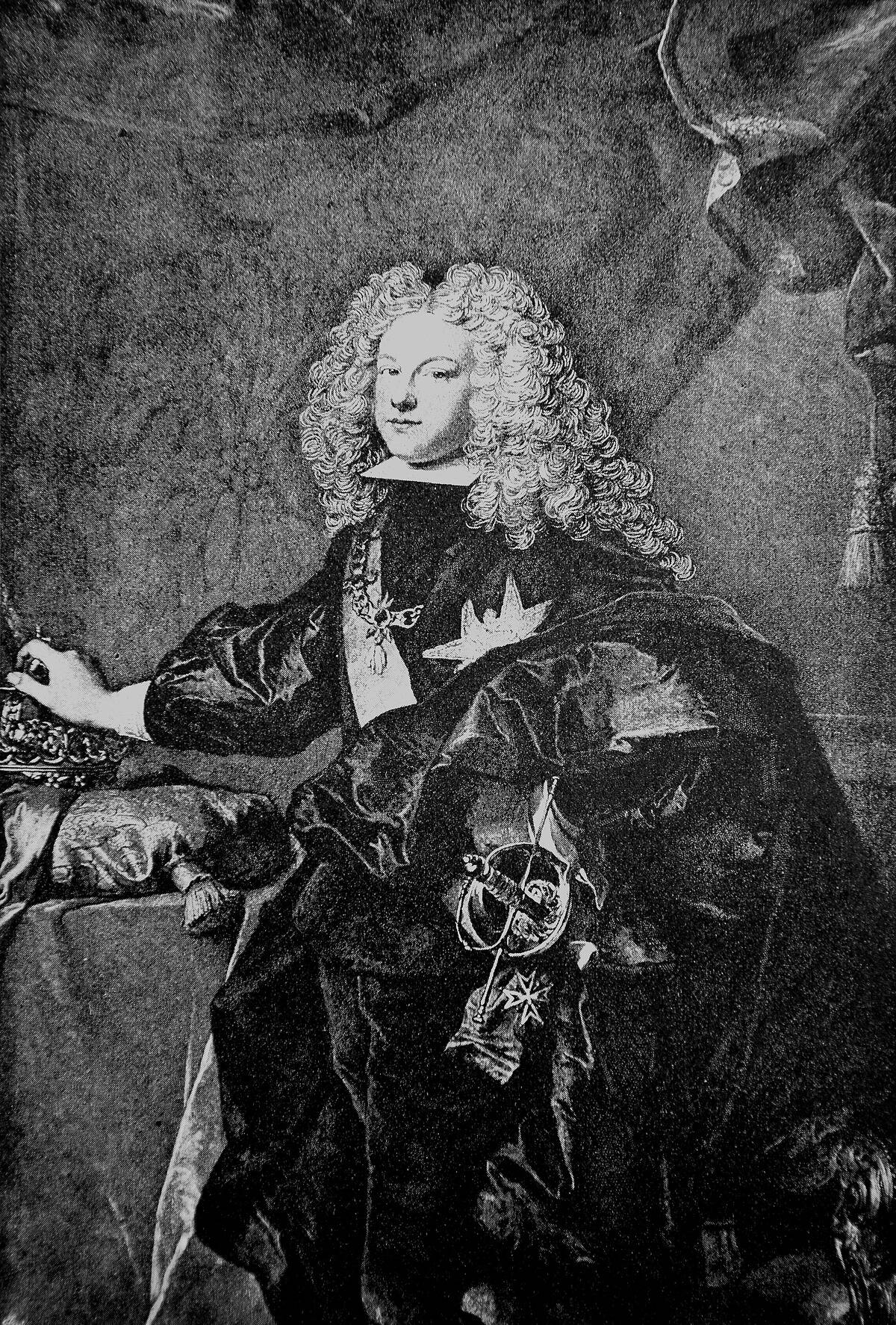
The War of the Spanish Succession (1701-1714) was a major European conflict triggered by the death of the childless Charles II of Spain. With multiple European powers vying for influence, the war pitted the Bourbon and Habsburg families against each other.
The conflict ended with the Treaty of Utrecht, which allowed Philip V, the grandson of Louis XIV of France, to remain king of Spain, but required him to renounce any claim to the French throne, thus maintaining the balance of power in Europe.
The Austrian Succession: Maria Theresa’s Right to Rule
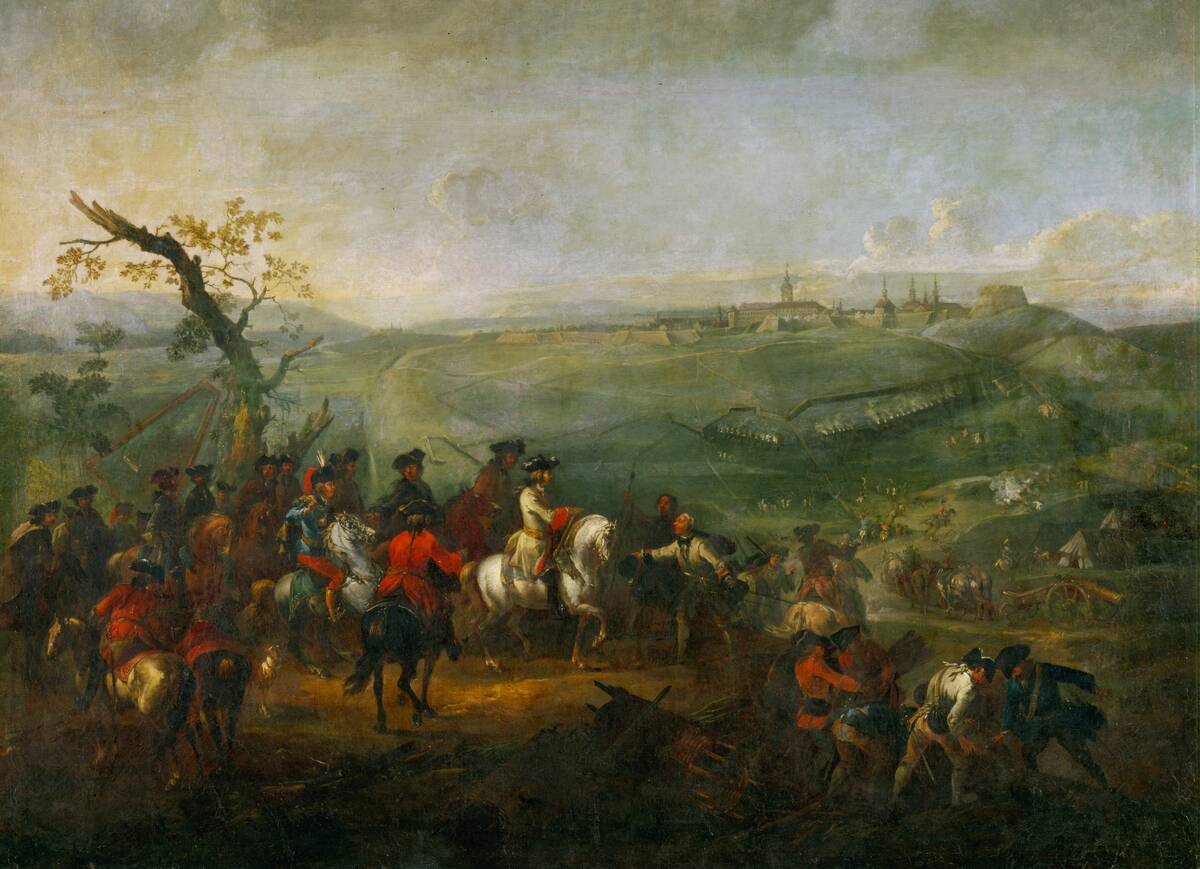
The War of the Austrian Succession (1740-1748) centered on the legitimacy of Maria Theresa’s claim to the Habsburg throne. As the eldest daughter of Emperor Charles VI, her right to rule was challenged by various European powers despite the Pragmatic Sanction intended to secure her succession.
The war saw significant battles across Europe, with Maria Theresa ultimately maintaining her position. However, the conflict reshaped alliances and set the stage for future continental power struggles, highlighting the challenges of female succession in a male-dominated era.
The Swedish Succession: Charles XII’s Unexpected Heir

The Swedish Succession crisis followed the death of the warrior king Charles XII in 1718. With no direct heirs, the question of succession became critical. Charles’s sister, Ulrika Eleonora, claimed the throne, but her reign was short-lived as she abdicated in favor of her husband, Frederick I.
This period marked a shift from absolute monarchy to parliamentary governance in Sweden, as power increasingly moved from the crown to the Riksdag, Sweden’s legislative body, reflecting the broader European trend towards constitutionalism.
The British Abdication Crisis: Edward VIII’s Love Story

The British Abdication Crisis of 1936 was a sensational event that captivated the world. King Edward VIII chose to abdicate the throne to marry Wallis Simpson, an American divorcée. This was already deemed unacceptable by the British government and the Church of England, but was worsened by his and Simpson’s alleged ties to Nazi Germany.
Edward’s decision led to his brother, George VI, ascending the throne. This crisis highlighted the tension between personal desire and royal duty, forever changing the perception of the monarchy and accelerating its modernization in the 20th century.
The Portuguese Succession of 1580: The Iberian Union

The Portuguese Succession Crisis of 1580 arose after the death of King Henry of Portugal, who left no direct heirs. This led to a contest between several claimants, including Philip II of Spain, who asserted his right based on familial ties.
The crisis resulted in the Iberian Union, with Philip II becoming King of Portugal, effectively merging the Spanish and Portuguese crowns for sixty years. This union significantly impacted the balance of power in Europe and the global colonial stage, altering the course of history in both regions.
The French Succession: The Orléans and the Legitimists

The French Succession disputes in the 19th century were characterized by the rivalry between the Orléanists and the Legitimists. The Orléanists supported Louis Philippe, who became king during the July Revolution of 1830, whereas the Legitimists backed the senior Bourbon line.
These factions represented broader political ideologies, with Orléanists advocating constitutional monarchy and Legitimists favoring traditional absolutism. The disputes ended with the establishment of the French Republic in 1848, but the ideological divide continued to influence French politics for decades.
The Russian Succession Crisis of 1825: The Decembrist Revolt
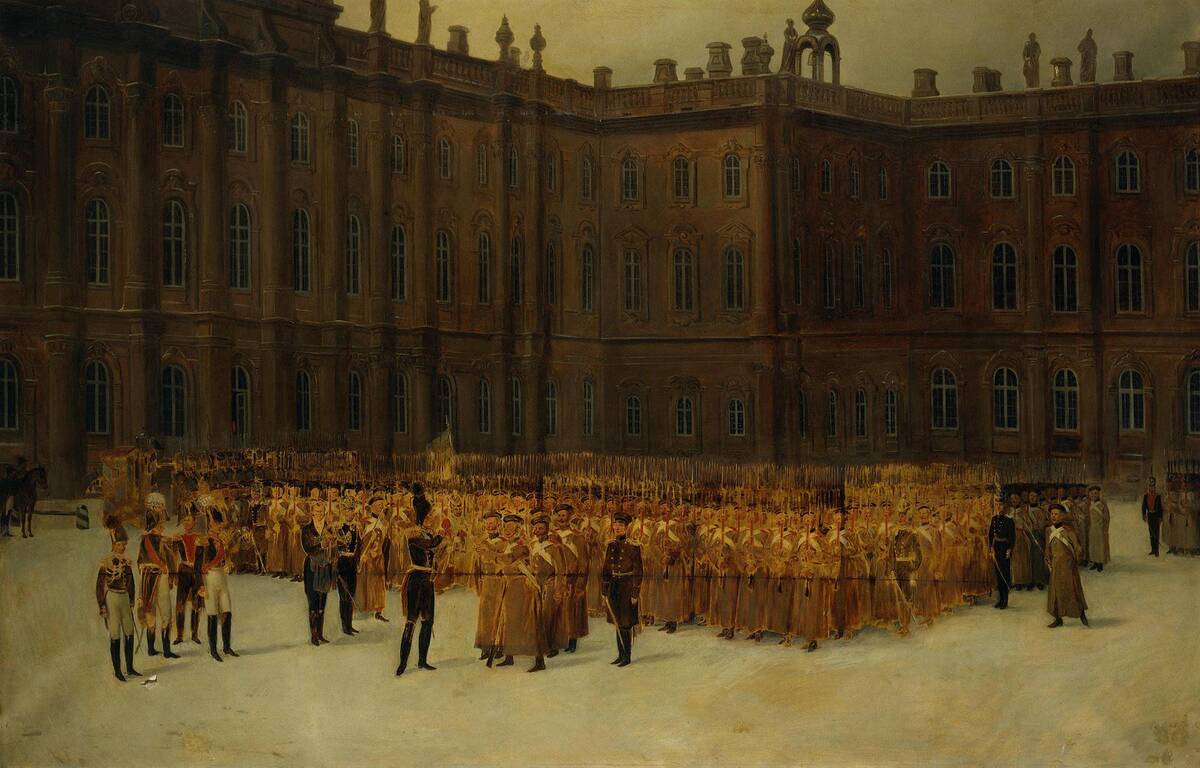
The Russian Succession Crisis of 1825, marked by the Decembrist Revolt, followed the sudden death of Tsar Alexander I. His brother, Constantine, declined the throne, leading to confusion and the eventual ascension of Nicholas I.
Amidst this uncertainty, a group of liberal army officers staged an uprising to demand constitutional reform. The revolt was swiftly crushed, but it exposed the growing desire for political change in Russia. The Decembrist Revolt is remembered as a precursor to the more significant revolutionary movements that would shape Russian history.
The Succession of Henry VIII: A Tudor Tangle
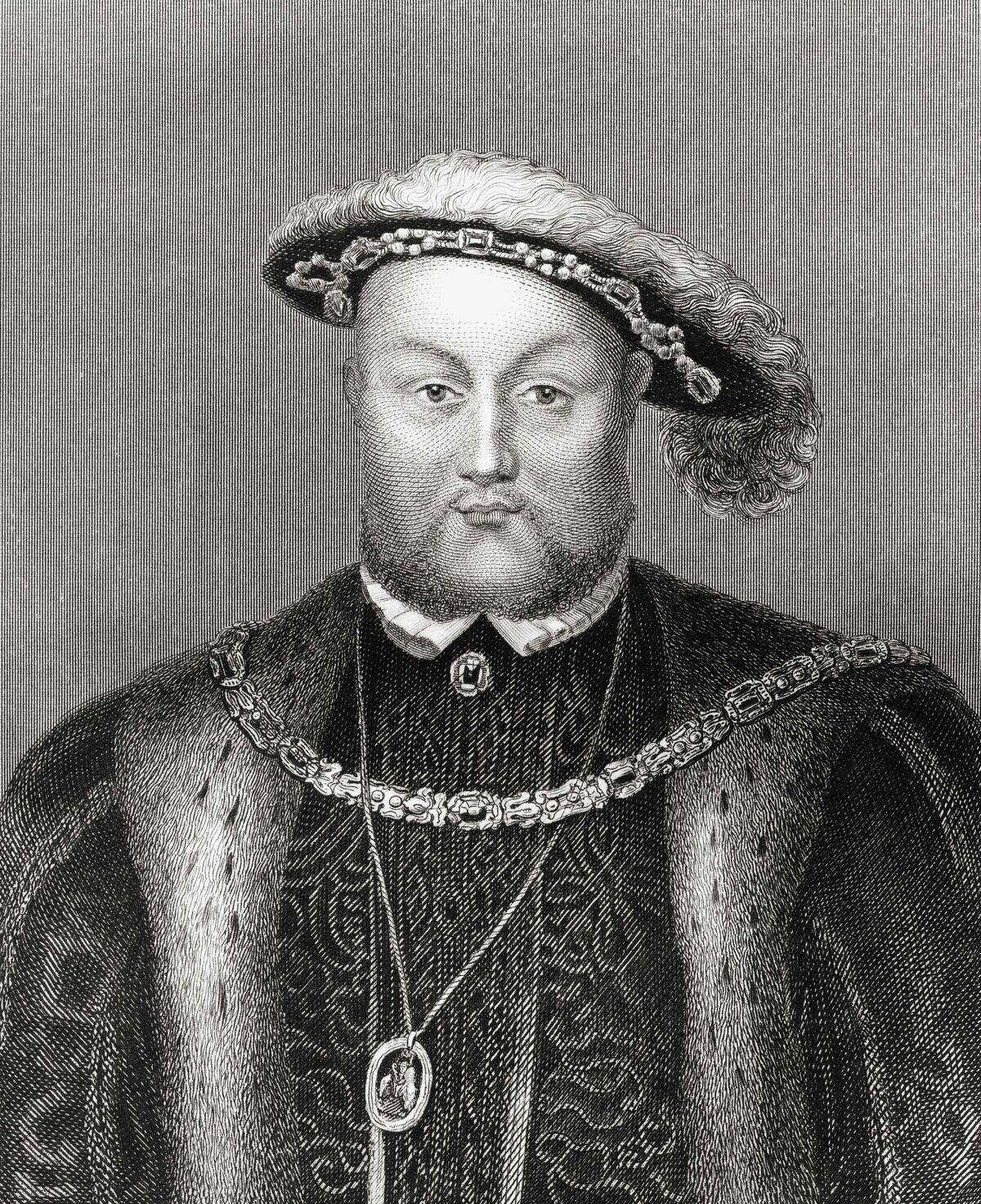
The succession of Henry VIII was fraught with complexity, largely due to his desperate quest for a male heir. His six marriages and subsequent divorces and executions were driven by this obsession. When he died in 1547, his three children—Edward VI, Mary I, and Elizabeth I—each took the throne in turn.
This succession saw the establishment of Protestantism under Edward, a return to Catholicism under Mary, and the Elizabethan era’s cultural flourishing. Henry’s legacy is a testament to the tumultuous nature of Tudor politics.
The Succession of the Zulu Kingdom: Shaka’s Legacy
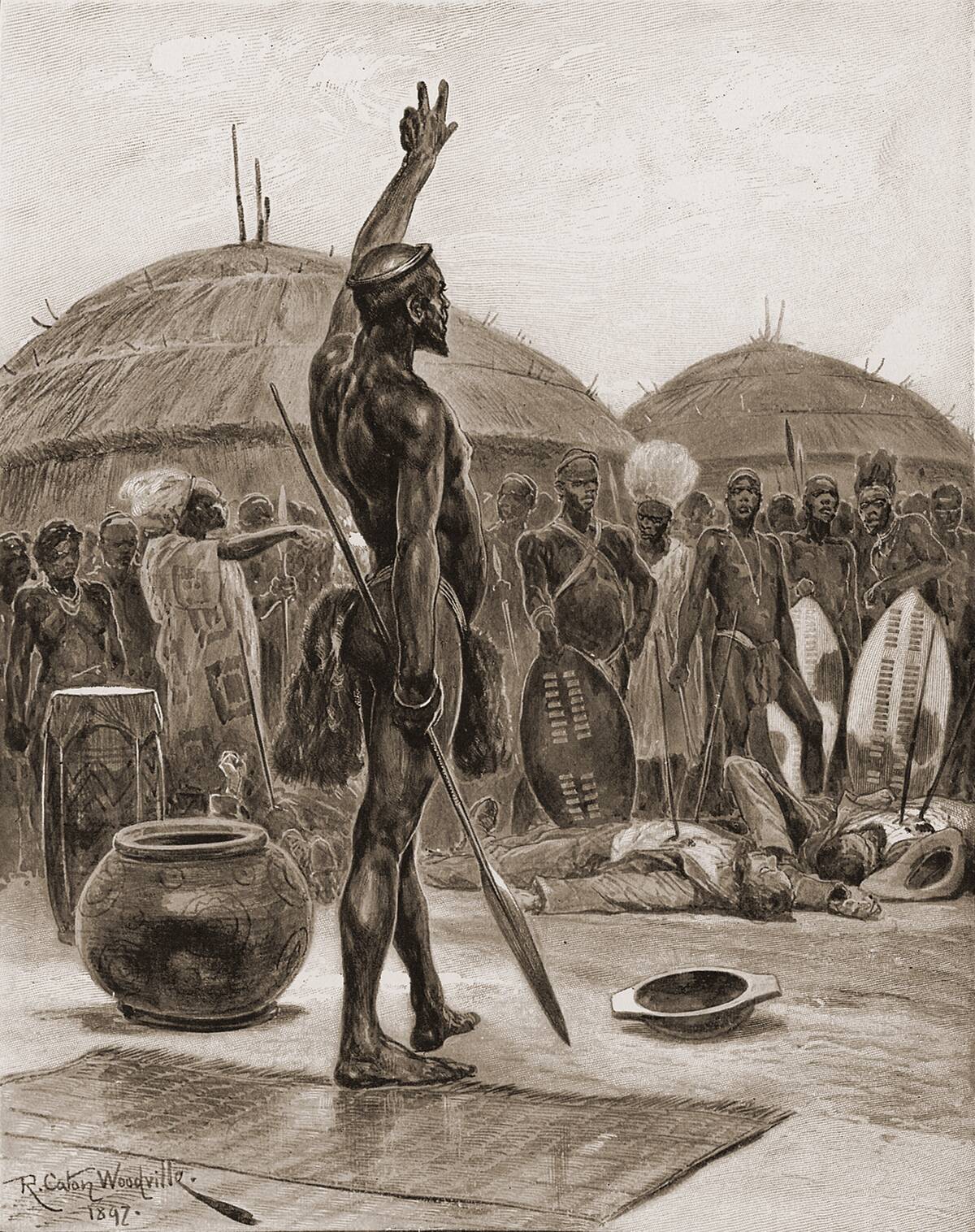
The succession of the Zulu Kingdom after Shaka’s assassination in 1828 was a pivotal moment in Southern African history. Shaka, a legendary warrior king, had transformed the Zulu into a formidable empire.
His death led to a power struggle between his half-brothers, Dingane and Mhlangana, with Dingane ultimately emerging victorious. However, his reign was marked by unrest and conflict with European settlers. Shaka’s legacy endures, as his military innovations and statecraft significantly influenced the region’s cultural and political landscape.
The Japanese Throne: A Modern Debate

The Japanese throne, known as the Chrysanthemum Throne, is the world’s oldest hereditary monarchy, but it faces modern succession challenges. With a shrinking pool of male heirs, Japan has debated changes to the Imperial Household Law, which currently restricts inheritance to male descendants.
The birth of Prince Hisahito (pictured) in 2006 provided temporary relief, but discussions continue about allowing female succession. This ongoing debate reflects broader societal shifts in Japan, balancing tradition with the need for progressive reform to ensure the monarchy’s future.



